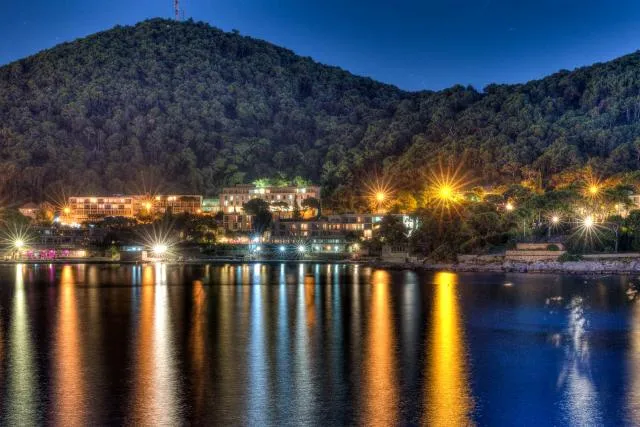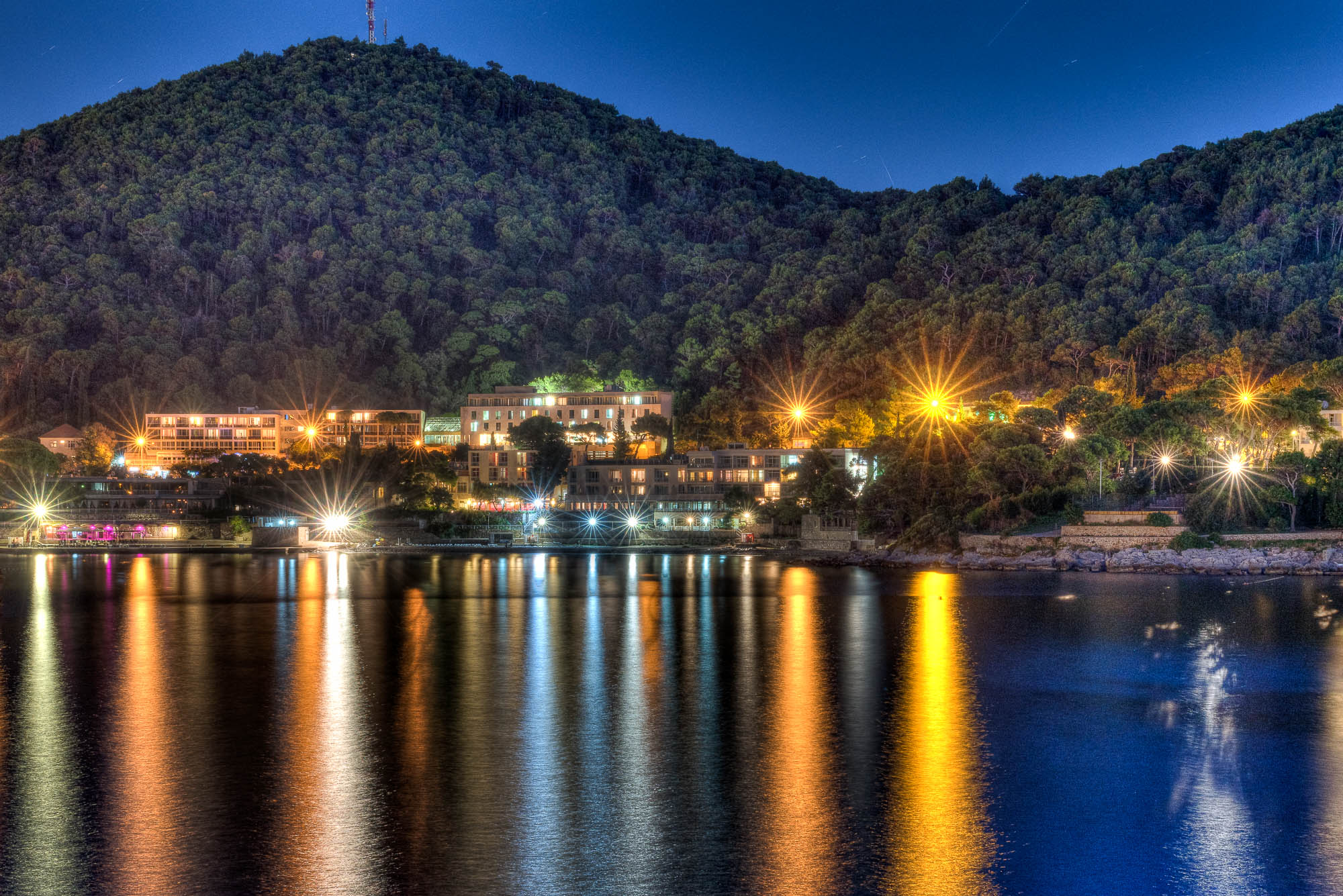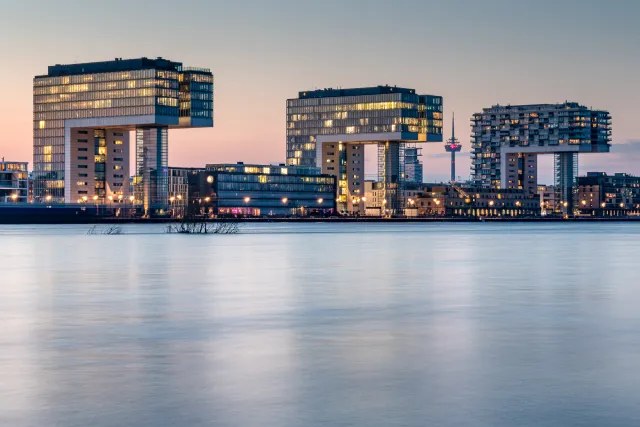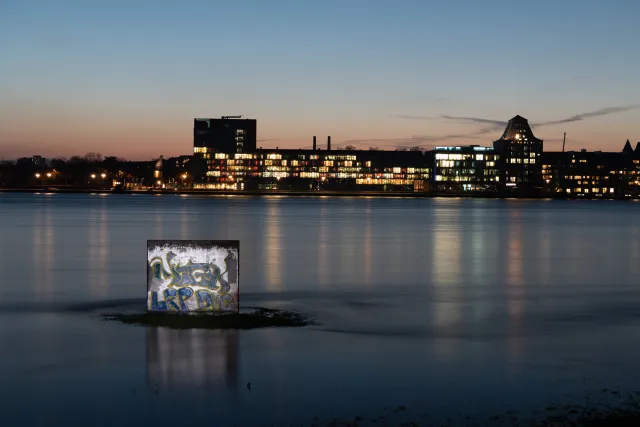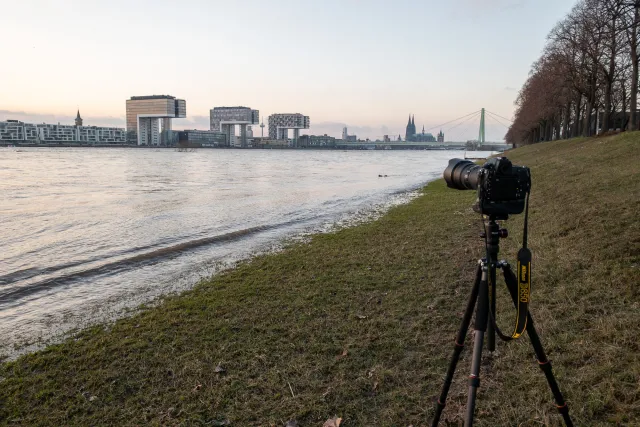In this article: Photo technique: "Blue Hour"
The blue hour is of particular importance for photography.
Pictures taken at this time of day, when dusk changes to darkness after sunset, can create a mixture of unsettling melancholy and uncertainty about the threatening black of the night, the moods that, on closer inspection, have nothing to do with the subject. Perhaps they also evoke memories of experiences at this time of day, when our powerful sense, our visual perception, begins to lose its protective power with diminishing light and invisible dangers are suspected in the shadows ...
A little theory: how does the blue color of the sky come about?
The sky blue of the day is essentially caused by the Rayleigh scatter (John William Strutt, 3rd Baron Rayleigh). It describes the elastic scattering of electromagnetic waves (such as light) on particles that are small compared to the wavelength of the incident radiation. The blue components of sunlight are now scattered more strongly than other wavelengths on oxygen and nitrogen molecules, so that the blue components dominate in the visual axis Earth => space. It is thanks to the oceans that the earth from space also appears blue in the visual axis space => earth, which reflects the scattered blue components from the atmosphere.
Another effect that affects the light that strikes the earth's atmosphere is described by the Chappius absorption. Ozone, a gas whose molecules consist of three oxygen atoms, has the property of absorbing light in the yellow, orange and red wavelength range, so that the gas appears blue in a concentrated form. As a result, light loses portions of warmer hues through the stratospheric ozone layer. In comparison to the Rayleigh scatter, the effect of the Chappius absorptotion is slight.
As dawn comes, the path of light through the earth's atmosphere lengthens and the importance of Rayleigh scattering for the coloring of the sky in the zenith decreases continuously, while the effects of Chappuis absorption increase accordingly until after sunset or before Sunrise now becomes the decisive effect and leads to increasing absorption of the warmer parts of the light.
This results in color temperatures of up to 12,000 Kelvin during the blue hour, with the then deep blue sky having about the same brightness as the artificial light from building and street lighting. This makes this period ideal for various shooting scenarios. In addition, the colors blue and orange-yellow are complementary to each other and are perfect for harmonious picture compositions.
Take pictures during the blue hour
The duration of the blue hour in Central Europe is between 30 minutes (Equinox) and 50 minutes (solstice). Latitude plays an important role in the length of the blue hour. If dusk lasts about 20 minutes in the tropics, it can reach up to five hours on the so-called White Nights (in regions between 57 degrees north latitude and the North Pole and the equivalent with 57 degrees south latitude and the South Pole).
It is therefore important to determine the start and duration of the blue hour at the location of the planned admission. This is fairly easy these days, e.g. for smartphones there are apps that save tedious calculations. I use e.g. on the iPhone the app "Sun Surveyor". If you like to calculate your scenery from your desktop, the twilight calculator "Blue Hour by JekoPhoto can be operated in the browser.
However, you should take a look at the location before the blue hour to determine a suitable image geometry and location for the camera - with known spots (e.g. the castle in Hamburg's warehouse district) things can get crowded at the beginning of the blue hour ...
